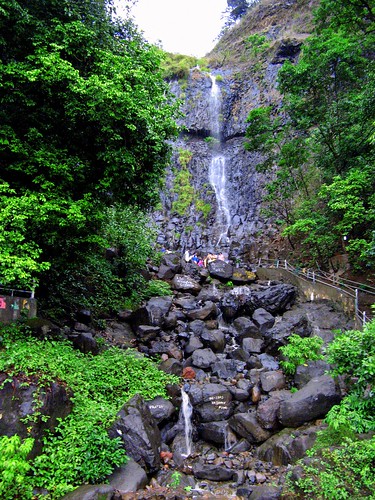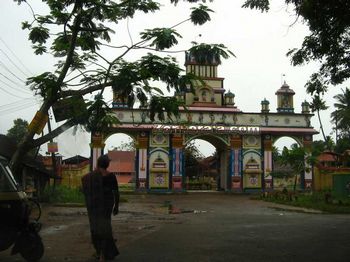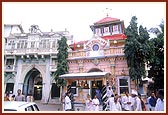
Matherana : It is a hill station in Karjat Tahsil and is also the smallest hill station in India. It is located on the Western Ghats range at an elevation of around 800 m (2,625 feet) above sea level.

The closest hill settlement to Mumbai, Matheran was discovered in 1850 by the British during their occupation of India and subsequently developed into a popular summer retreat.
The most unique thing about it and what makes it so special, is that all vehicles are banned there -- even bicycles. It's a soothing place to relax away from any noise and pollution.There are lots of lookout points that provide spectacular views of the surrounding hills and valleys. Matheran has a reasonably dense forest cover.
Best Time To Visit:
Best season to visit this place is monsoon. Tourist can experience the scenic view of waterfalls.
Transport:
Kalyan to Neral by train, Neral to Matheran by vehicle/train/walk

History:
Matheran was discovered by Hugh Poyntz Malet, the then district collector of Thane district in May 1850. Lord Elphinstone, the then Governor of Bombay laid the foundations of the development as a future hill station. The British developed Matheran as a popular resort to beat the summer heat in the region.
Matheran is connected to the town of Neral which lies at the base of the hills. A tar road connects Neral to Dasturi Naka which is 9 km (5.8 miles) from Matheran. In order to maintain Matheran's uniqueness, no vehicles are allowed beyond this point. The other mode of transport is a 2 ft (610 mm) gauge narrow gauge railway, which links the town to Neral. Neral also has a broad gauge station which is on the busy Mumbai-Pune route. Neral is well connected by railway line with Karjat being the nearest Junction. The Matheran Hill Railway was built in 1907 by Sir Adamjee Peerbhoy and covers a distance of 20 km (12.4 miles), over large swathes of forest territory.
Main Points To Visit:
- Alexander Pt.
- Rambag Pt
- Little Chowk Pt
- Chowk Pt
- One Tree Hill Pt
- Belvedere Pt
- Olympia Race Course
- Lords Pt
- Charlotte Lake

- Cecil Pt (Actually a water fall mouth)
- Echo Pt.

- Porcupine Pt (Sun Set Pt)
- Panorama Point (Sun Rise Pt)

- Madhavji Garden & Point
- Matheran Railway Station
- Louisa Point
- Mayor Pt
























